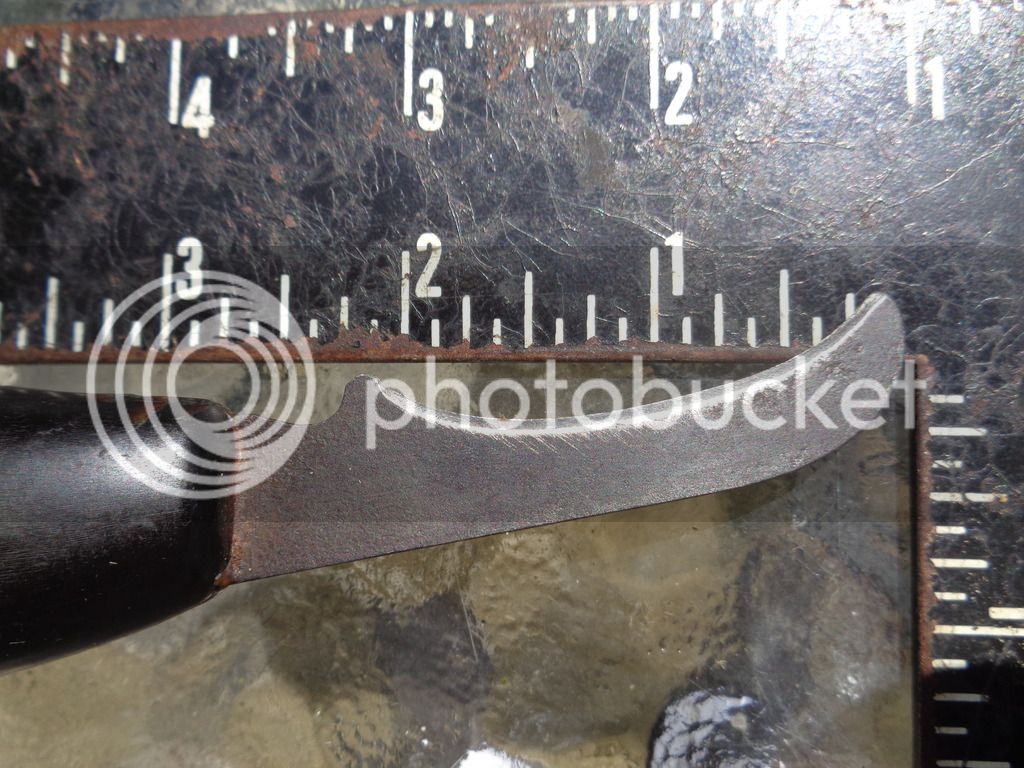How are you all doing?Longtime not on here.Got into crossbows bigtime having fun.
anyhow I started cutting my patchs at muzzle.
i use razor blade knife.
it tore up my bluing badly at muzzle a little mad over that while cutting patchs ..
did i do something wrong or should I be using another way to cut patchs ...
thanks
anyhow I started cutting my patchs at muzzle.
i use razor blade knife.
it tore up my bluing badly at muzzle a little mad over that while cutting patchs ..
did i do something wrong or should I be using another way to cut patchs ...
thanks





